Detailed content
- Input/Output (I/O) Configuration:
- Analog inputs: 2 channels, configurable for thermocouples (e.g., J, K, T), RTDs (e.g., Pt100), 0–20 mA, 0–10 V, and other standard industrial signals.
- Analog output: 1 channel, switchable between 4–20 mA or 0–10 V for control signals.
- Relay outputs: 2 normally open (NO) dry contacts, rated for 250 V AC/3 A or 30 V DC/3 A, suitable for switching heaters, valves, or pumps.
- Digital inputs: 2 channels (24 V DC) for remote setpoint adjustment or interlock signals.
- Environmental Ratings:
- Operating temperature: 0°C to +50°C (ambient), ensuring stability in controlled industrial settings.
- Storage temperature: -20°C to +70°C, maintaining integrity during transportation or downtime.
- Protection class: IP65 front panel (dust-tight and water-resistant) with IP20 rear housing, suitable for panel-mounted installations.
- Physical Design:
- 1/4 DIN form factor (96 mm × 48 mm front panel), with a depth of approximately 150 mm for space-efficient panel mounting.
- Lightweight construction (around 0.3 kg) for easy installation.
Functional Features
- Advanced PID Control:
- Supports PID, on/off, and manual control modes, with auto-tuning functionality to optimize control parameters based on process dynamics.
- Adjustable proportional band, integral time, and derivative time for precise tuning to specific process requirements.
- User Interface:
- Dual-line LCD display with backlighting, showing process value, setpoint, and status indicators simultaneously.
- Membrane keypad for intuitive parameter adjustment, with password protection to prevent unauthorized changes.
- Communication Capabilities:
- Optional RS485 interface (Modbus RTU protocol) for integration with PLCs, SCADA systems, or HMIs, enabling remote monitoring and control.
- Diagnostics and Alarms:
- Configurable high/low alarms with relay outputs for process deviations, ensuring timely response to abnormal conditions.
- Self-diagnostic functions for power supply, sensor faults, and internal hardware issues, with visual indicators on the display.
- Safety and Reliability:
- Galvanic isolation between input, output, and power circuits to minimize electrical noise and ground loop interference.
- Overvoltage and short-circuit protection for outputs, safeguarding connected equipment.
Application Scenarios
- Industrial Process Control:
- Regulates temperature in chemical reactors, distillation columns, and plastic extrusion lines, ensuring process stability and product quality.
- Controls pressure in water treatment plants, hydraulic systems, and gas pipelines.
- Food and Beverage Industry:
- Manages pasteurization temperatures, fermentation conditions, and refrigeration systems to comply with hygiene and safety standards.
- Pharmaceutical and Medical:
- Maintains precise temperature and pressure in sterilizers, incubators, and laboratory equipment, supporting regulatory compliance.
- HVAC and Building Automation:
- Controls air handling units, boilers, and chillers in commercial buildings to optimize energy efficiency and comfort.
- Packaging and Material Processing:
- Regulates heat in sealing machines, drying ovens, and conveyor systems, ensuring consistent product processing.
Compatibility and Certifications
- System Integration: Works with ABB’s Automation Builder software for configuration, and supports integration with third-party PLCs (e.g., Siemens S7, Allen-Bradley Micro800) via Modbus.
- Certifications: Compliant with CE (low voltage and EMC directives), RoHS (hazardous substance restrictions), and UL standards for industrial safety.
Operational Benefits
- Reliability: Long service life with robust components, minimizing downtime in critical processes.
- Ease of Use: Simplified setup via auto-tuning and intuitive keypad, reducing training time for operators.
- Flexibility: Wide input compatibility and configurable outputs adapt to diverse sensors and actuators.
- Cost-Effectiveness: Compact design and low power consumption reduce installation and operational costs.
Discover our other products
Moore, Siemens 353A2FNNNENNNA N Process Controller 353A2FNNNENNNA N
Moore, Siemens 353A2F1NNLTNNA N Process Controller 353A2F1NNLTNNA N
Moore, Siemens 353A2FNNNETNNA X Process Controller 353A2FNNNETNNA X
Moore, Siemens 353A2FNNNETNNA 4 Process Controller 353A2FNNNETNNA 4
Moore, Siemens 353A2FNNNLRNNA N Process Controller 353A2FNNNLRNNA N
Moore, Siemens 353A2FNNNERNNA N Process Controller 353A2FNNNERNNA N
Moore, Siemens 353A2FNNNLTNNA X Process Controller 353A2FNNNLTNNA X
Moore, Siemens 353A2FNNNENNNA X Process Controller 353A2FNNNENNNA X
Moore, Siemens 353A2FNLNNNNNA 4 Process Controller 353A2FNLNNNNNA 4
Moore, Siemens 353A2FNNNETNNA N Process Controller 353A2FNNNETNNA N


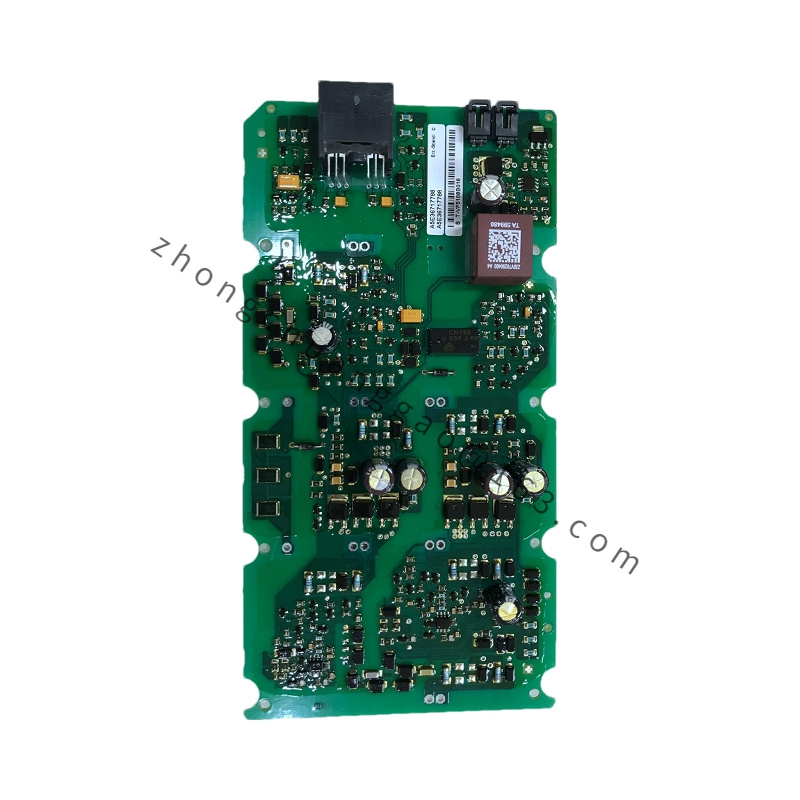
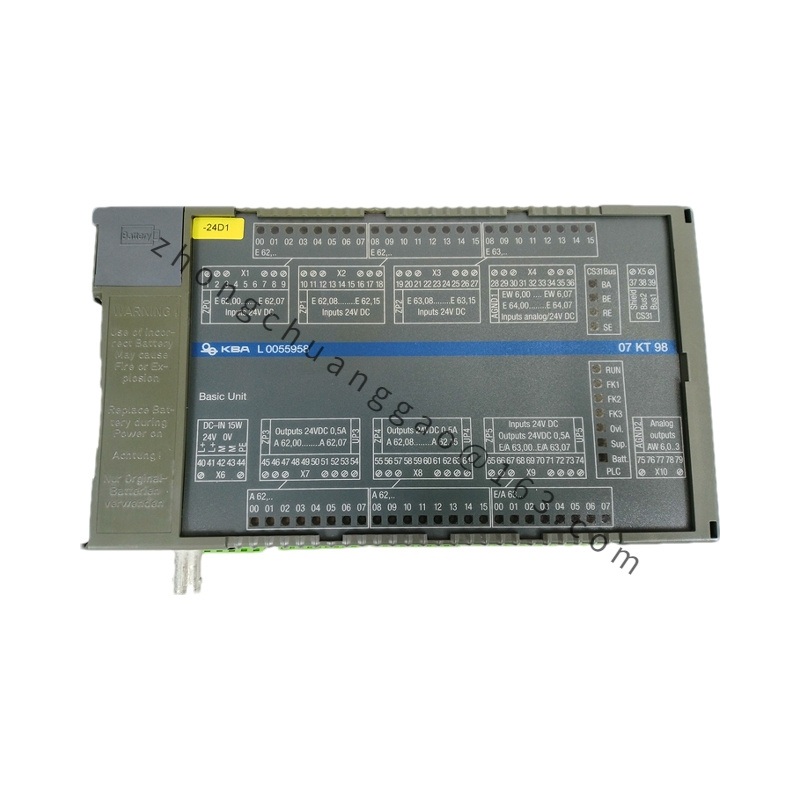
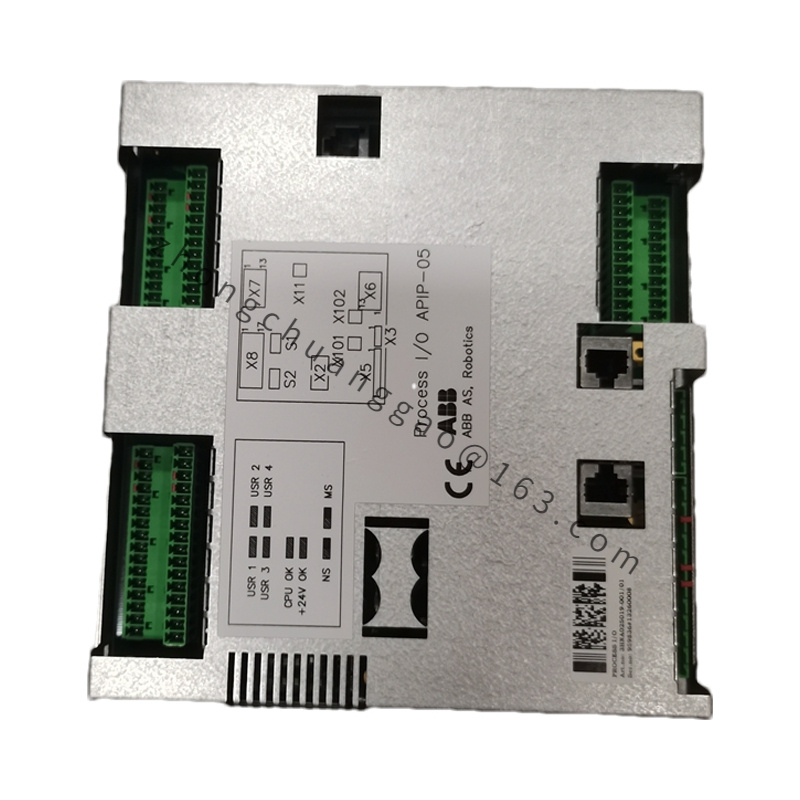

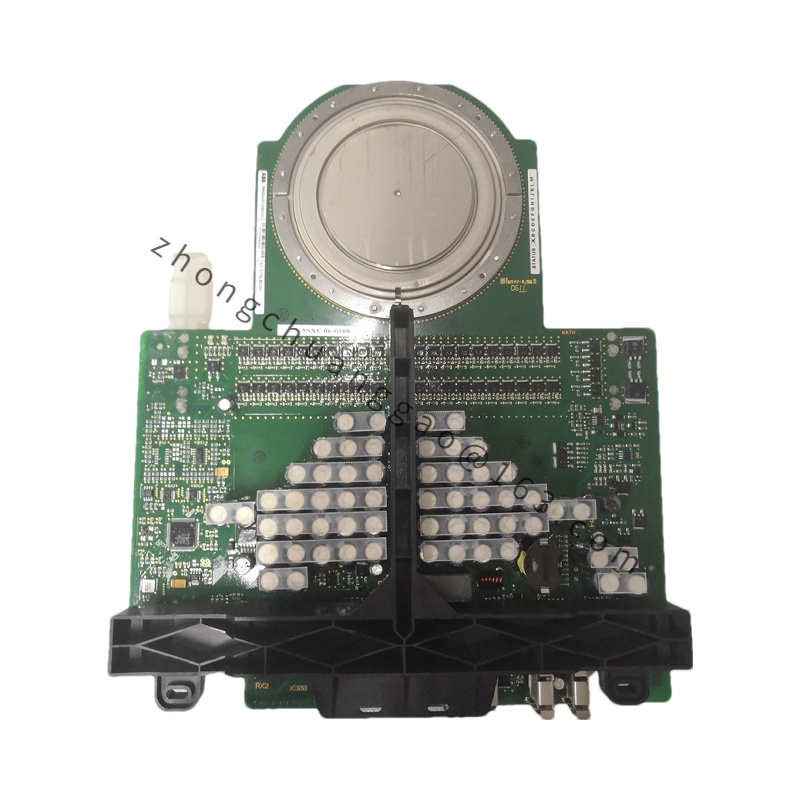
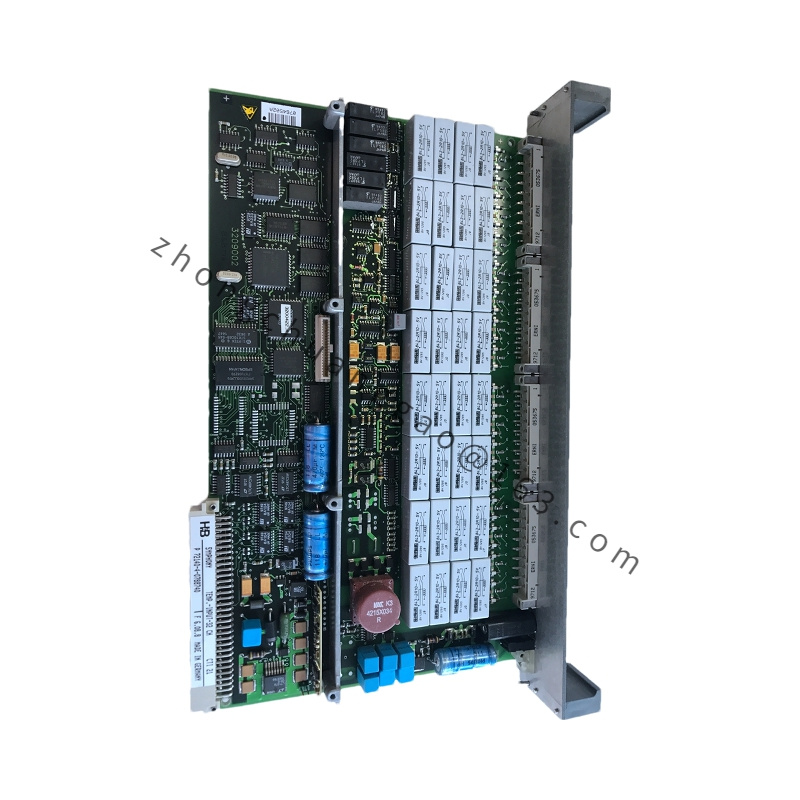
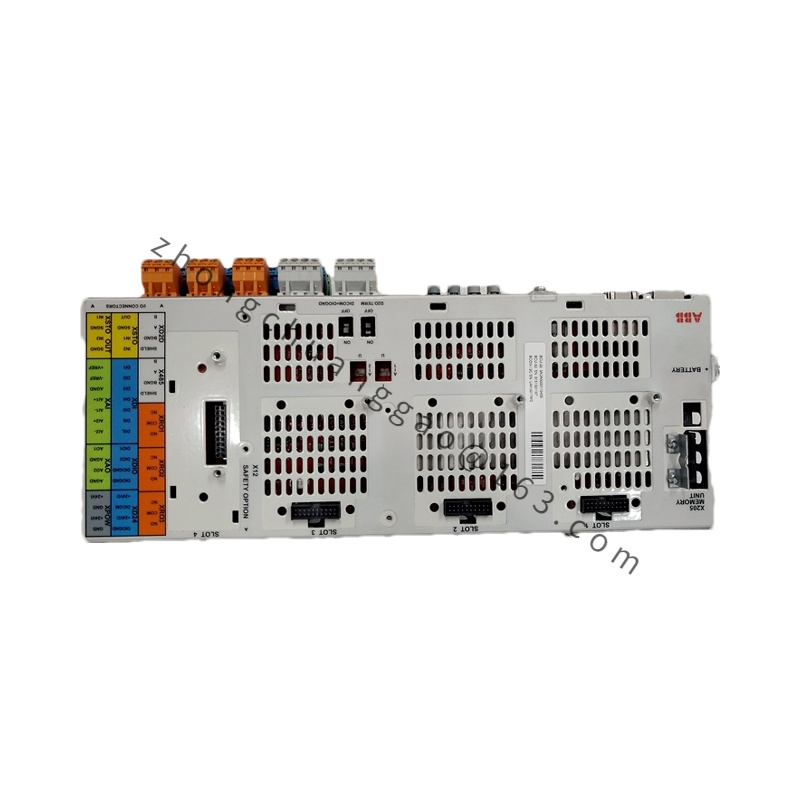
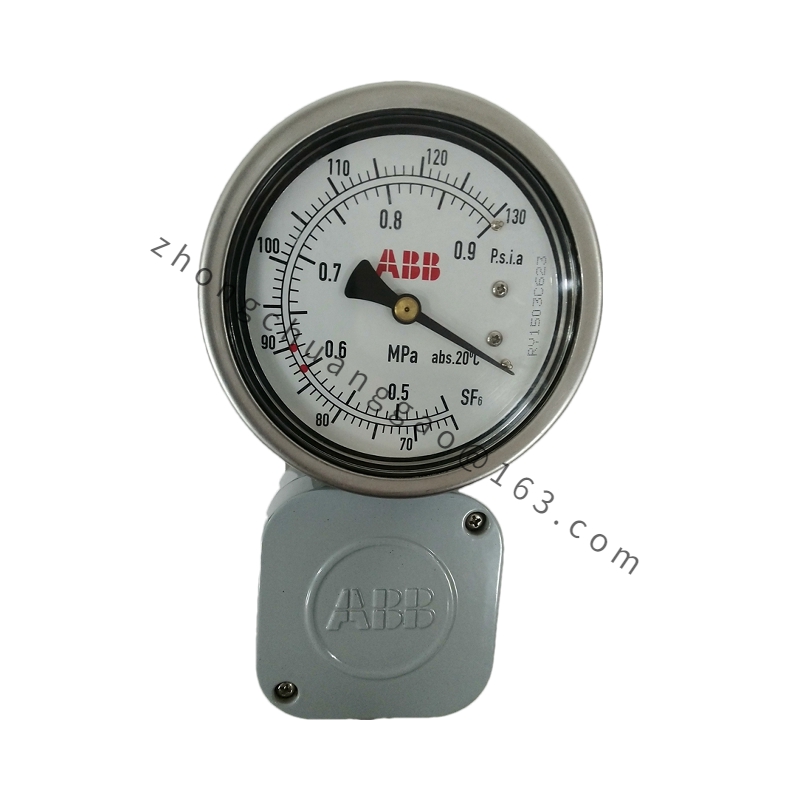
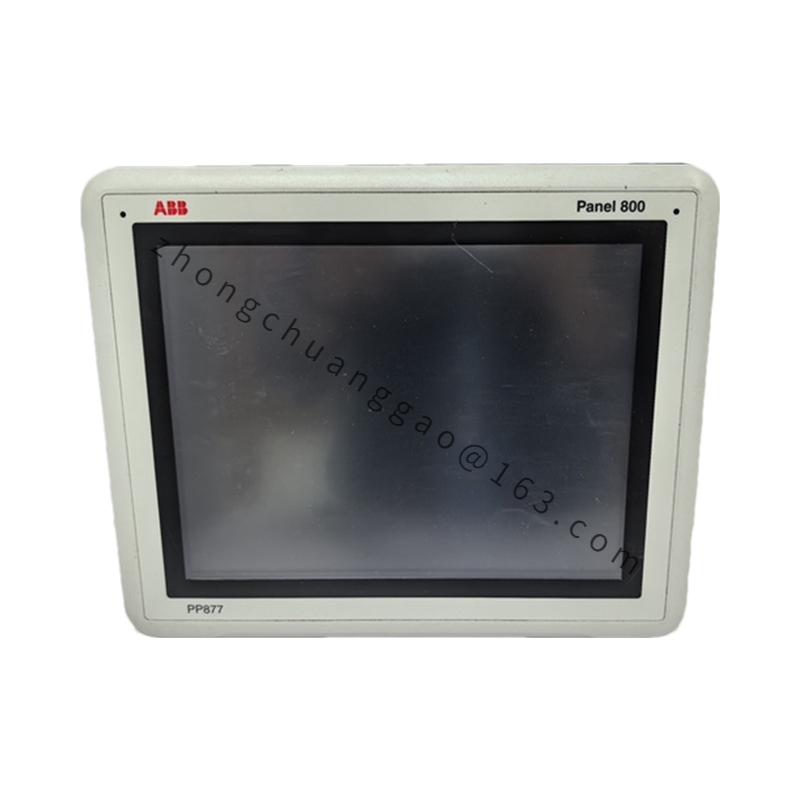
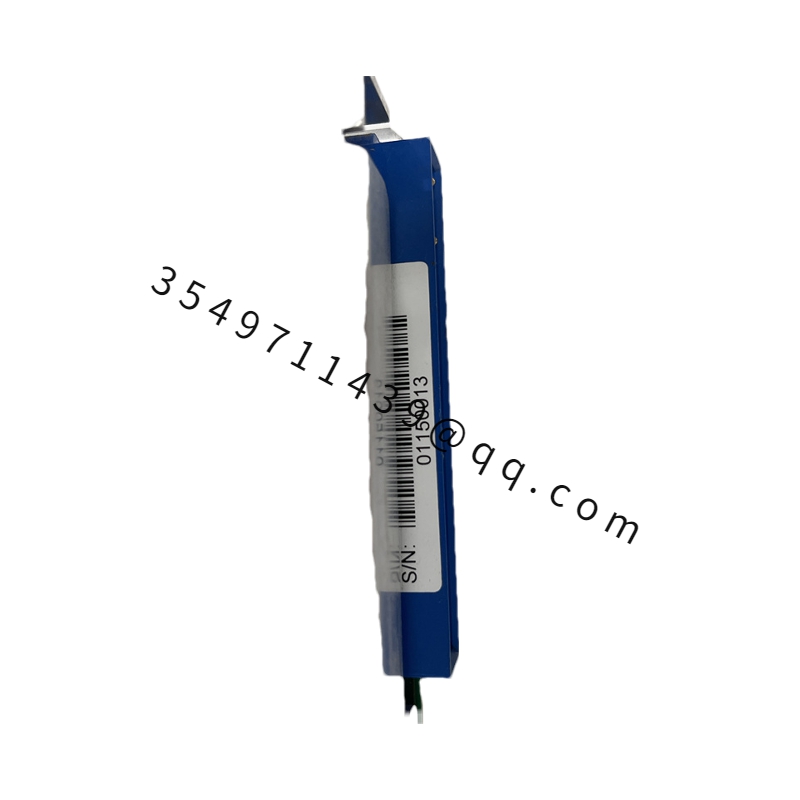
.jpg)
.jpg)